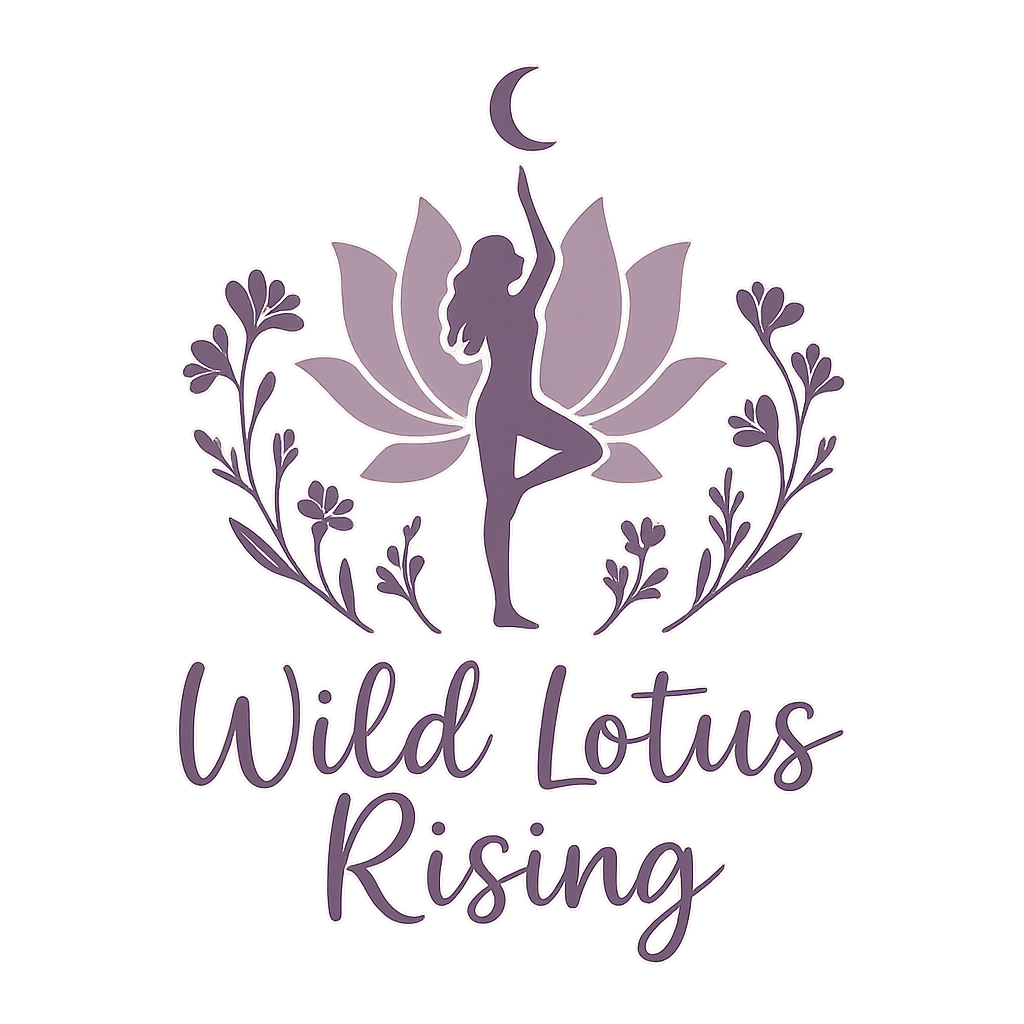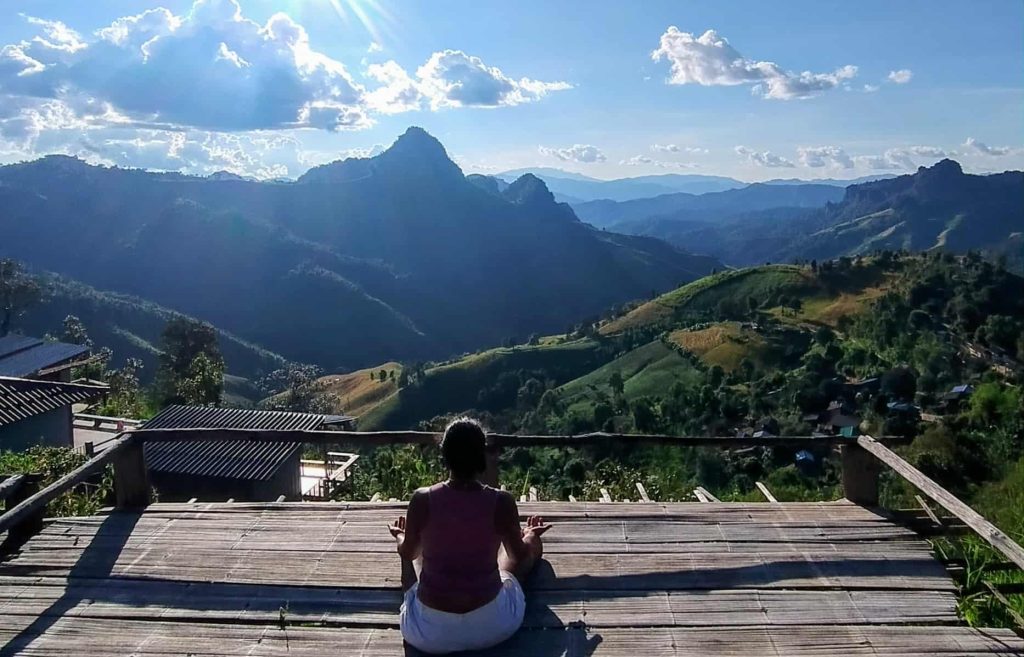“Stillness is meditation. Not silence on the outside — but attention on the inside.”
There are different kinds of tired.
There’s the tired that sleep fixes.
And then there’s the tired that lives in your bones.
The kind that comes from years of holding everything together — being capable, reliable, successful, fine.
I didn’t need a break.
I needed to fall apart.
I needed to stop pretending that I was happy in the life I had built — a life full of people, work, achievements, choices I once made and no longer recognised.
I didn’t know what I needed back then.
But now I see it clearly: I needed stillness.
Not because I was calm — but because I was fractured.
Not because I was wise — but because I was drowning in overthinking, people-pleasing, self-comparison, shame.
Stillness wasn’t the destination.
It was the only way back to myself.
There was a time when sitting with myself looked like sipping a drink and replaying all my choices.
Not with compassion — but with comparison. With judgement. With a soundtrack of “not enough.”
I was an overthinker.
An unhappy overthinker.
Always spinning — through what I could’ve done differently, who I should’ve been by now, where I had failed according to the quiet, cruel voices in my own head.
Stillness wasn’t peace to me — it was pressure.
A room too quiet meant hearing my thoughts. So I stayed busy. Distracted. Social. Entertaining.
Anything to avoid the truth of how exhausted I was from avoiding myself.
But eventually, distraction turns hollow.
And somewhere between one heartbreak and one too many “I’m fine”s,
I stopped.
Not suddenly, but honestly.
I left Australia in November 2020, after the first peak of Covid.
Left behind the life I had built — career, relationships, friendships — a life I had chosen, yes, but one I no longer knew why I was choosing.
I came back to India with no grand plan. Just an ache. A dream. A tired soul.
The timing was uncanny — as if the universe knew I needed to be still.
As a doctor, I had teleconsulting, but no clinics to run to, no patients in waiting rooms, no rush.
Just long days, and longer pauses.
I had imagined I’d drive through India, make it all the way north — to Manali, maybe farther.
But I didn’t.
Instead, I took a train to Goa. Two months by the sea.
Slow walks. Loud sunsets. New friends whose names I sometimes forget but whose laughter lives in my bones.
Waves that kept coming — whether I was okay or not.
And somewhere in the middle of it all…
Yoga.
Breath.
Moments of presence that arrived unannounced.
Stillness didn’t look like a meditation retreat.
It looked like a beach.
A body exhaling.
A woman who had been running, finally walking — barefoot and unhurried.
But no — those moments weren’t immediately peaceful. How could they be?
I had only swapped one set of distractions for another.
At least this time, the distractions were beautiful — the sea, the sand, the strangers.
And even though I was still broken and quietly unhappy,
I wasn’t overthinking as much.
I was learning to observe.
I tried everything society told me might work.
And nothing really did.
The internal struggle softened, but it didn’t vanish.
Then came the monsoon.
I returned to Mumbai — to my parents, their hopes, their disappointments, their silences.
And I felt trapped all over again.
So in July, I left once more. This time, to Dharamshala.
And up there, in the stillness of the mountains, something began to loosen.
Sadness didn’t leave me — but it didn’t hold me hostage either.
The mountains didn’t care who I had failed to become.
They didn’t speak.
And in their silence, I met my own.
For the first time in my life, I built discipline that wasn’t tied to school or deadlines or anyone else’s approval.
It didn’t come from pressure. It came from devotion.
I practiced yoga every single day — 90 minutes of returning to myself.
No one told me to. No one was watching.
It was mine. Mine alone.
I began to rise with the birds, with the soft light spilling across the mountains.
I didn’t wake up to alarms anymore — I woke up to life.
I walked through the hills like I belonged there.
I moved in mindfulness — step by breath, stretch by moment — and for the first time, I noticed my body.
Its aches. Its strength.
The discomforts I had ignored for years… were now teachers.
Stillness stopped being scary. Because I wasn’t sitting in emptiness anymore.
I was sitting with myself.
I was no longer someone running from sadness —
I was a woman walking with it.
Breathing through it.
Becoming whole in the presence of her own truth.
And if you’re wondering how to begin — start small. Start real.
Start by just sitting.
Find a space with no movement — maybe in the early hours, before the world stirs…or in the lazy hush of an Indian afternoon…or at night, when the day finally exhales.
Close your eyes. And just breathe.
Yes, thoughts will come.
Yes, you’ll chase them — or they’ll chase you.
You’ll forget. You’ll drift. You’ll want to get up.
All I ask is this:
Come back.
Come back to your breath.
Come back to this moment.
Catch the thought, and come back again.
Over time, that coming back becomes a rhythm.
Then a refuge.
Then a kind of home —
the one you’ve been seeking all along.

